UPDATE | 2019年11月01日
日本は海に囲まれた島国であることはみなさんも知っていると思います。島国のため、日本ではいつでも新鮮な魚介類を味わうことができます。例えば、誰もが知っている寿司、刺身は、日本で最も象徴的な料理です。魚介類の他にも、日本にはおいしい料理がたくさんあります。これらの料理には、日本独自の【飲食ルール】や【マナー】があります。外国人にとっては、不思議に思うルールやマナーかもしれませんが、日本の食事や食文化の特徴として、理解しながらこれらの料理を楽しむようにしましょう。
INDEX
*The original text of this article is written in Chinese. 日本の文化では食事の前に「いただきます」と言い、食事の後に「ごちそうさまでした」と言う行儀があります。それは穀物を作ってくれた人、料理を作ってくれた人への感謝、さらにはそれぞれの食材(命)に対する感謝の気持ちが込められています。
[PR]

寿司とは、一般に酢飯などと主に魚介類を組み合わせた和食。材料は新鮮な生魚、生えび等の魚介類以外にも、野菜、卵、肉等のさまざまな食材があります。寿司は、日本で千年以上の歴史と文化があります。寿司にはたくさんの種類があり、握り寿司が代表的ですが、いなり寿司、巻き寿司、ばら寿司などさまざまな形態があります。寿司には生の魚介類と生の肉を多く使用されているので、衛生には特別な注意が払われます。特に夏は、材料が100%新鮮でなければなりません。また、寿司はわさびと一緒に食べることが多く、わさびと酢には殺菌効果があります。
さて、お寿司に関係するキーワードを勉強しましょう。
・しゃり(shari)
酢漬けした白米のことです。しゃりは仏教の舎利に由来します。透明な白い米粒は火葬したあとに残る粒状の骨の形と色が似ているため、この名がつきました。
・あがり(agari)
緑茶のことです。【Agari】という言葉は日本語で【終わり】の意味があり、寿司を食べた後、店員はお客様に熱いお茶を提供します。口に残っている食べ物の味を取り除くためです。
・がり(gari)
がりとは、生姜を薄く切って甘酢漬けにしたものです。食感がガリガリするところからこの名がつきました。生姜も魚の臭みを取り除き、殺菌効果があります。
寿司屋ではお客様が箸やその他の食器を使用せず、直接手で寿司を食べる光景がよく見られます。この光景を見ても驚かないでください。日本では寿司を手で味わうのは習慣です。寿司を直接手で食べるのは、寿司の形が簡単に崩れないからです。しかし、それが手であれ箸であれ、個人の好みなので、おいしく楽しむことが一番です。
・ 事前に予約を入れ、予算を伝えること
・ きちんとした服装
・ 香水を使わない
・ タバコを吸わない
・ 寿司の鮮度を保つために、寿司を提供された後、短時間内で食べること
・ 握り寿司は、1貫を一口で食べること
・ しゃりを残さずにネタと一緒に食べること
・ 醤油をつける時は、ネタを下に向き、しゃりからネタを分離しないこと
一貫一貫の寿司は寿司職人の素晴らしい作品です。みなさんには是非、感謝の気持ちを込めて寿司を楽しんでいただきたいです。
日本では魚介類の他、卵、一部の肉も生で食べられています。外国人にとって、生食は衛生的ではないので、おなかを壊すリスクが高いです。したがって、他の国の多くの食材は、食べる前に加熱する必要があります。しかし、衛生管理は「世界一」と評価される日本では、生食は可能となります。
生食用の食材は厳しく衛生管理をされています。たとえば、生産された卵は厳しく管理された清潔な施設内で、洗卵、乾燥、殺菌、検卵、計量、パッキングの過程を経て初めて店頭に並びます。「賞味期限」は生食できる期間であり、この期間を超えると生で食べてはいけません。生の牛肉も加工された食用部分のみ食用できます。
食材の鮮度を重視する日本人にとって、生の食べ物は非常に一般的な存在です。しかしながら、一人ひとりの食習慣は違うので、すべての日本人が生食を好むわけではありません。したがって、日本に来て、受け入れられない生の食べ物に出会っても驚かないでください。無理に自分で試してみる必要もありません。
ラーメン店は日本中どこにでもあり、ラーメンの味もさまざまです。ラーメン店は基本的に小店舗であり、一度に最大十数人のお客様しか座れない店舗が多くあります。注文の際に、自動販売機のような機械で希望メニューを選び、食券を購入し、店員さんに渡すという流れが多いです。
ラーメンを食べる際には三つの【ルール】があります。
・ スープは最後の一滴まで飲み切ること
・ レンゲを使うこと
・ 音を立てること
※これらは必ず守らなければならないルールではありませんが、おいしいラーメンの食べ方として勧められているものです。
スープは全部飲み切ることについて、反対する人も多くいます。ラーメンスープには塩分も油分も多いので、健康に良くないからです。ラーメンスープを飲み切ることは、ラーメン職人への敬意なので、強制ではありません。もちろん、スープを飲むため、白ご飯と一緒に食べることもできます。日本では、ラーメンは白ご飯や餃子と共に食べることが多いです。
レンゲを使うことはルールというより、利便性のためです。注意点として、片手でレンゲを使い、片手で箸を使うことはダメです。レンゲを使いスープを飲む時には、箸を下ろすようにしましょう。
音を立てることについて、不思議に思う人は多くいるでしょう。一般的に、食事中に音を出すのは失礼なことです。しかし、日本でラーメンを食べる際には、これは失礼ではありません。麺を吸う音はラーメンをとてもおいしいと意味しているからです。ですから、みなさんも日本に来たら、ラーメンを思い切って食べてみましょう。
「ファミレス」はファミリーレストランの略称で、主にファミリー客層を想定したレストランの一種です。
そして、三つの特徴があります。
・ 単価が安い(客単価500~2,000円)
・ 注文から料理提供までの時間が短い(平均は3分~5分)
・ 座席数が多く場所が広い(平均80席)
※ただし、店によってさまざまです。
メインディッシュとキッズメニュー以外、デザートやソフトドリンクのメニューも豊富にあります。そして、店内環境も快適で過ごしやすく、店員もあまり客に干渉せず、キッズ専用のチェアも用意されているので、子連れママたち、お年寄りまたは放課後の学生たちがよくここでのんびり過ごす姿も見られます。
居酒屋は日本ではとても一般的で、酒類とそれに伴う食事を楽しむことができる日本式の飲食店です。ほとんどの居酒屋ではたばこを吸うことができます。サラリーマンの中には、一日の仕事を終え、すぐに帰宅するのではなく、職場の同僚と居酒屋に飲みに行く人も多くいます。多くの外国人も、日本に居酒屋がたくさんあることに驚いているようです。欧米の一部の国では、レストランとバーが分かれているため、一般の飲食店ではアルコールを提供しません。そのため、海外では食事と酒類両方を楽しめる飲食店は少ないようです。
特に注意すべき点、日本では20歳未満の未成年者はお酒を飲むことは法律で禁止されています。また、未成年者に提供することも禁止されているため、酒類を頼むと、店員から身分証明書の提示を求められることがよくあります。
また、日本では人にお酒を飲ませることは少ないので、自分の状況に応じて適切に飲んでいます。最初の一杯はみんなで乾杯することが多いです。
飲酒運転をすることが日本では法律で禁止されているので、居酒屋等お酒を提供する飲食店では、「運転代行サービス」を充実させ、お客様の飲酒運転を予防しています。なお、飲酒運転は自動車だけではなく、自転車も該当するので注意しましょう。
飲食店としての居酒屋では、お昼から営業が始まる店が多いです。通常、ランチタイムには特別なセットメニューが利用でき、一人でも、何人かでも気軽に入ることができます。夕方には、メニューが変更され、パーティーや宴会の開催にも使用できます。そのため、夜の居酒屋はうるさくなり、1日働いた人たちはここでストレスや疲れを発散します。時々、注文していない料理がテーブルに出されることがあり、その料理は飲み物と一緒に出される場合が多いです。そして、それらは会計時に代金を請求されます。これは【お通し】といい、日本ならではのチップみたいな存在で、お客様に頼まれなくても店から適当に出される一品です。このようなことがあっても、店員が間違っているとは思わないで、受け入れてください。
一軒目の店で飲み終わったら、引続き他の店に行くこともあり、これは【二次会】と言います。みんなが飲み終わった後、しめとして、一緒にラーメンを食べに行くこともあります。二次会は個人の都合により参加自由ですが、参加する場合は、最終電車の時間に注意する必要があります。終電を逃したら、家に帰れなくなってしまいますよ。
上記の5種は、日本では一般的な食文化ですが、日本の食生活の特徴をすべて表しているわけではありません。同様に、日本人の家庭料理もそれぞれ家庭によって違います。いずれにせよ、日本に来たら、現地の習慣に従い、食材と料理人に感謝する気持ちを込めて、日本の食文化をお楽しみください。
■この記事を読んだ人におすすめ

アクセス日本留学 編集部。外国人留学生のみなさんが日本の学校を見つけるための資料請求ができるWebサイト「アクセス日本留学」の運営や「外国人留学生のための進学説明会」を開催しています。
[PR]
[PR]